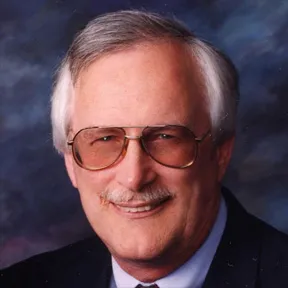How Fast Is It | 01 - Preface
This video book has four chapters. We then have a segment on special relativity followed by two segments on general relativity.
The Speed of Light
The first is ‘The Speed of Light”. We’ll start in my backyard with a snail and we’ll go all the way up through cars, airplanes, rocket ships through the speed of sound to the speed of light. We’ll look at Galilean transformations and see what they have to say about the speed of light. I’ll show you how we first accurately measured the speed of light. And then show how we measured the very small changes in the speed of light with interferometers. We’ll then show how Michelson-Morley discovered that the speed of light was a constant no matter how your frame of reference might be moving – which broke the Galilean transformations.
Special Relativity
The second video is on Special Relativity. Here we have Lorentz transformations replacing Galilean transformations so we can keep the speed of light a constant. Lorentz showed that this meant that time could be dilated, and space contracted in order to maintain the speed of light as a constant. We’ll show how Einstein took these concepts along with a few postulates, developed the Special Theory of Relativity that incorporated the time dilation and the space contraction, added the increase in mass-energy as you increase velocity, and ended the idea that there is such a thing as absolute simultaneity. We’ll also introduce space-time graphs.
General Relativity I – Geometry
In the last two chapters we’ll cover General Relativity. In the first segment, we’ll go through the Equivalence Principle, and show how matter bends space. We’ll cover non-Euclidian geometry that illustrates just what the bending of space means. And then we’ll develop the Einstein field equations.
General Relativity I – Geometry
In the next to last chapter, we’ll go over the effects of General Relativity: the orbit of Mercury; the bending of light around the Sun; gravitational redshift; and how space can be moved – twisted by a rotating body. And we’ll end by building a black hole. We’ll construct Gargantua, Kip Thorne’s black hole in the 2015 movie Interstellar.
In the last chapter, we cover Gravitational Waves: what they are; what creates them; how to detect them; and GW150914 the first ever detected gravitational wave.















































